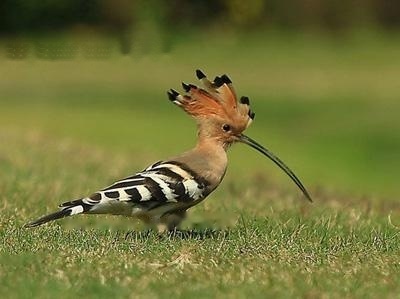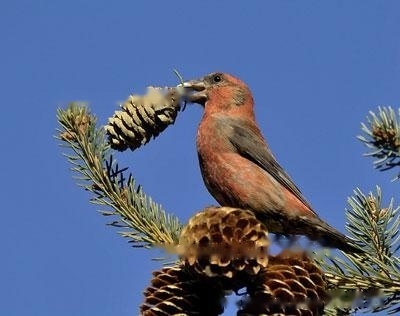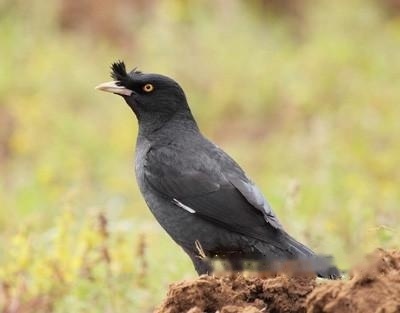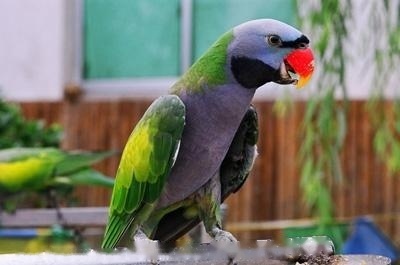Chaffinch male breeding feathers forehead, top of head, head side, pillow, nape, back, inner secondary The flight feathers and tertiary flight feathers and the longest tail coverts are grey-black with more or less blue accents. The shoulders, the middle coverts on the wings, the tips of the large coverts, the waist and the tail coverts are white, the small coverts on the wings are rusty brown, the primary flight feathers are dark brown, and the base is lighter. The tail is black, with inconspicuous pale spots on the outer tail feathers. The chin, throat and upper chest are rusty brown, and the lower chest, abdomen, flanks and undertail coverts are white, and the black parts of the upper body of the newly replaced feathers are mostly covered with rust-colored feathers (it does not recede until May). The shoulders are rusty, the tips of the large coverts are ochre, and the flight and tail feathers have a pale fringe.
Winter feathers are blue-black with blue metallic luster on forehead, top of head and pillow, brown-yellow end feathers, black cheeks, eye circumferences, and ear feathers, feather tip sandy brown, nape to upper back black, base of feathers Grey-white, with brown end feathers. The lower back, waist and tail coverts are white; the long tail coverts are black, the tip is brownish-yellow, and the tail is black with a narrow brownish-white edge. The flight feathers are black-brown. Except for the first one, the primary and secondary flight feathers have greenish-yellow narrow margins in the outer middle, and the outer ends of the tertiary flight feathers have broad brown-red feather margins. The base of the small coverts on the shoulders and wings is gray, the tip is orange-yellow, the middle coverts are brown-white, and the large coverts are black with a brown tip. Chin, throat and upper chest are orange-yellow, lower chest and belly are white, undertail coverts are white with brown, brownish-white to brownish-yellow, both flanks are light brown with black spots; axillary feathers and underwing coverts are light brown. Non-breeding males are similar to breeding females, but the head pattern is distinctly brown, grey, and nearly black.
The plumage color of female birds is similar to that of male birds in spring and summer, but lighter than that of male birds. The plumage color in autumn and winter is similar to that of the male bird, but the plumage is darker and less bright than the male bird. The top of the head to the upper back is dark brown, the feather margin is dark reddish brown, the lower back to the waist is grayish white, the tail is light black, with a white narrow edge. The chin and throat are sandy brown, the upper chest is dark orange-brown, the feather tip is gray-brown, and the lower chest, abdomen and tail coverts are gray-white. Young birds are similar to females.
The iris is brown or dark brown, the base of the mouth is yellow, the tip of the mouth is black, and the feet are dark brown.
Size measurement: body weight ♂19-28g, ♀18-28g; body length ♂134-170mm, ♀134-165mm; mouth peak ♂11-13.5mm, ♀11-13.5mm; wing ♂87 -95mm, ♀83-89mm; Tail ♂59-72mm, ♀53-67mm; Tail ♂18-21mm, ♀19-21mm. (Note: ♂male;♀female)




